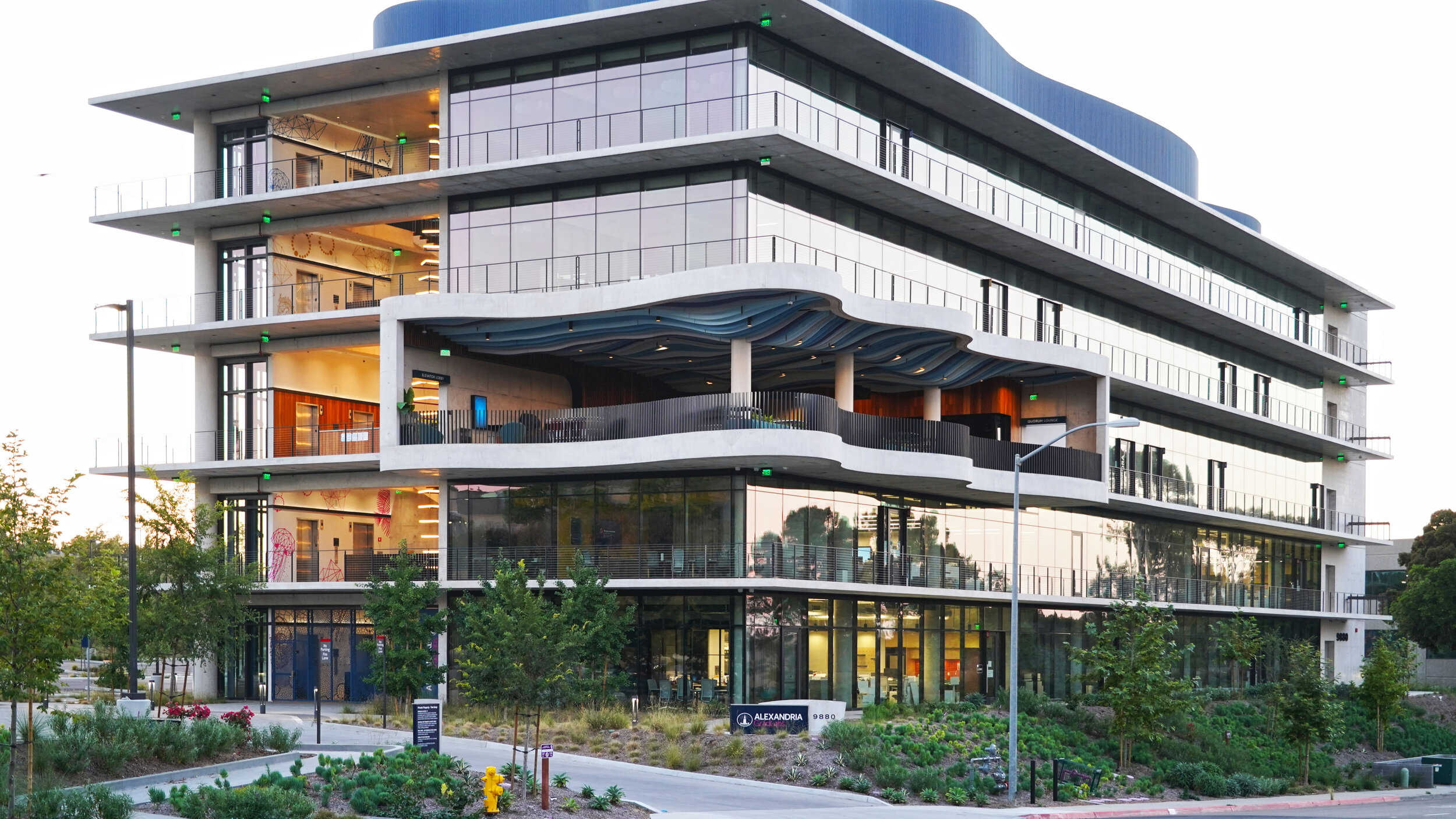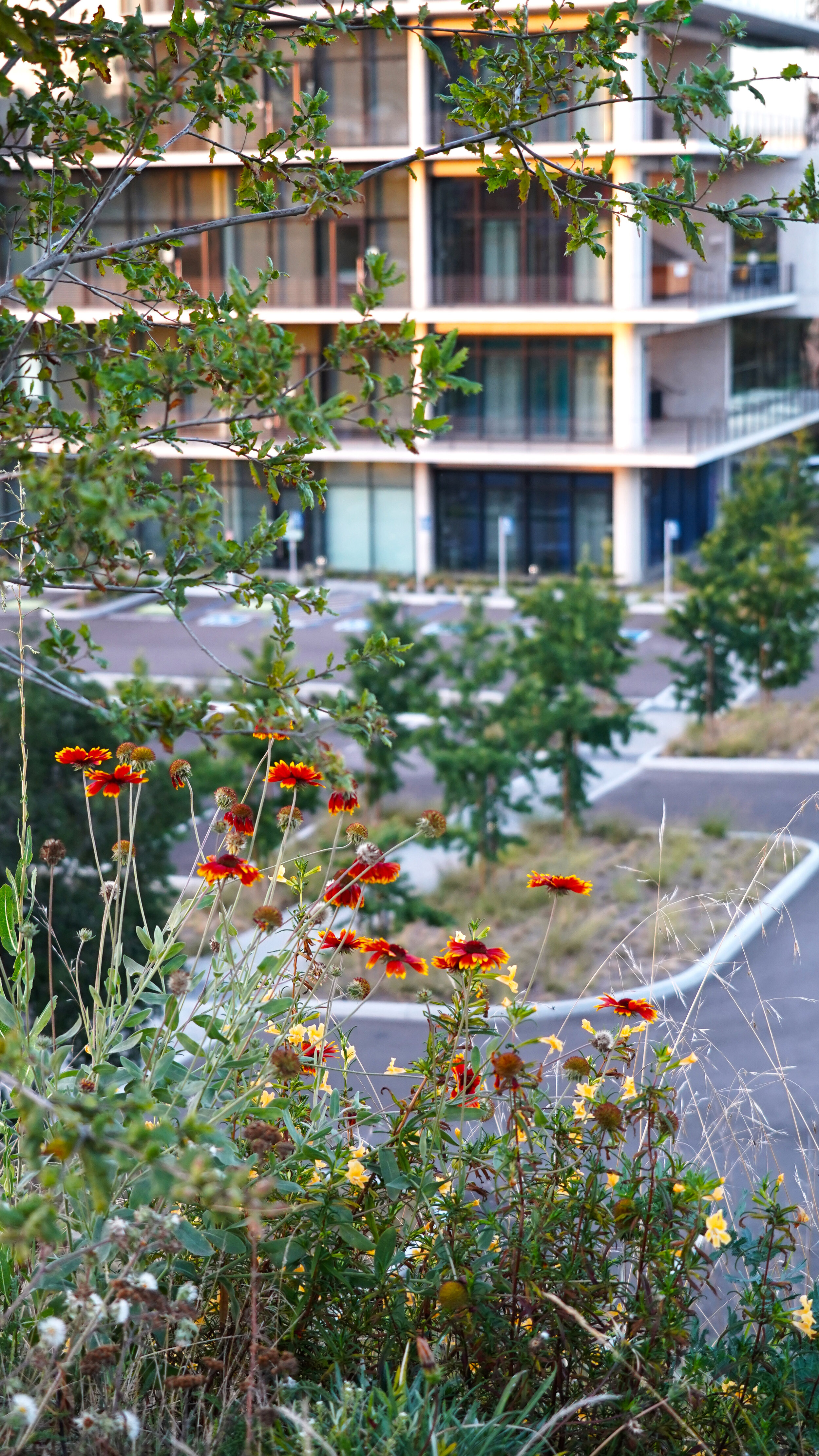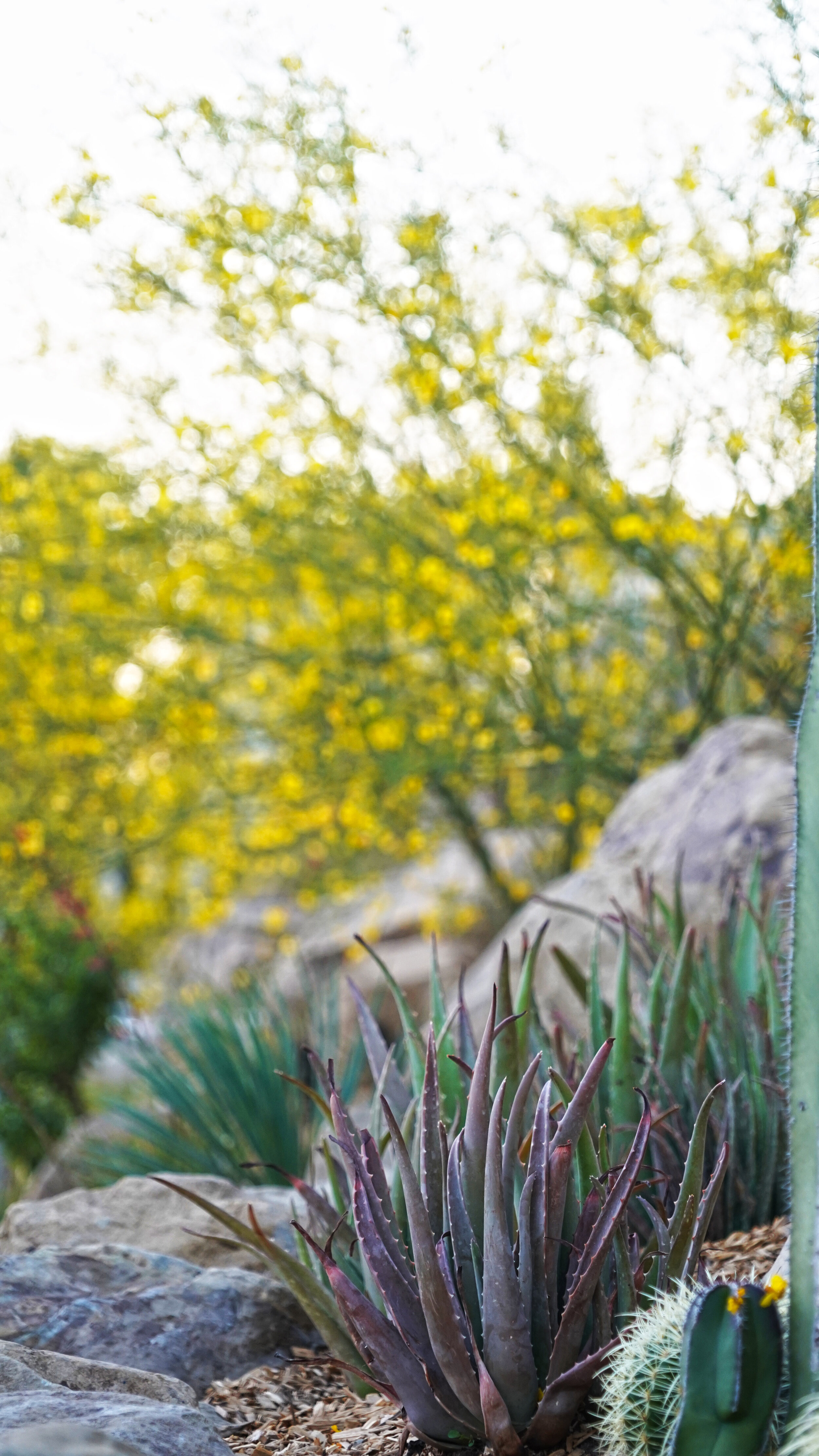Why Commute? What’s Convenient?
Many people are working from home now, and we are collectively realizing that the office is not as vital a place as we once thought. As we dip our toes into “reopening” the economy, we see a widespread reluctance to return to our previous routine of commuting five days a week to a location where we would execute the same tasks that we are now fulfilling in our own homes. Quarantine has highlighted just how unnecessary and inconvenient the old commuting lifestyle was.
This is a substantial shift! If there is one thing that shapes the built environment in the U.S., it’s convenience. The tendency towards convenience is a law of physics in this country. Don’t want to come inside to grab your fast food? Just drive on up! We’ll hand it to you from this little window. Don’t want to get in your car to come to us? Stay on your couch! We’ll bring the food right to you. Don’t want to chew? Our masticating crew will take care of you! You don’t even need to use your teeth!
The urbanization boom of the last twenty years, the gentrification of inner-city neighborhoods, the widespread abandonment of the suburbs by young people—these processes owe a large part of their existence to the pursuit of convenience. Why drive an hour to work, when I could ride my bike 10 minutes? In response to this trend, we invested in urban bike lanes, “complete streets” and tactical urbanism.
Young people identified and sought to avoid the inconveniences of a commuter lifestyle that was ironically born out of a desire for convenience.
The postwar mentality: Why deal with the hubbub of city life, the jostling and the crowds and the lines, when you could live in a leafy neighborhood a 10-minute drive away? It worked until so many of us wanted this lifestyle that we clogged the freeways with our cars and blighted the land with endless rows of identical houses. The overarching lesson is that a lifestyle seems great until everyone also wants it.
Now that we’ve had a couple of decades of inner-city gentrification, it’s too costly for most to live in the city. The romantic grit that once attracted youth to cities has been painted over and clad in glass. The coffee is too expensive, the rent is ridiculous and lines are too long. As Yogi Berra would say, “Nobody goes there anymore, it’s too crowded.” It’s starting to make more sense to imbue the suburbs with the qualities that people look for in the city. It makes sense to urbanize the burbs.
We used to think that the inconvenience of commuting was an inevitable cost of doing business. Thanks to the pandemic, we realize that it is fairly unnecessary. It makes sense to drop in for a meeting, or to print something, but if most productivity is happening at home, this makes us look at our offices differently. They are more than they need to be. For that matter, so are our automobiles. They sit in our driveways, unused, costing hundreds of dollars a month. If we need to be at the office only once or twice a week instead of five times a week, the cost per each trip is higher. The cost of the car becomes unreasonable, the trip is inconvenient, and thus the case for owning two cars per household becomes quite brittle.
Getting from Here to There and the Last Mile
One of the many benefits of the urbanization trend of the past two decades has been the substantial investment that cities have made in improving transit. Even notoriously car-centric Houston has been involved with this change, with new light rail and a completely redesigned bus system. However, ridership in many second- and third-tier cities does not come close to the capacity provided. There are a variety of reasons for this, but the “last-mile” problem is one of the most publicized: How do you get from your suburban house to the transit station, and from the transit station to your office? How do you bridge that last mile between individual destinations and collective movement? Back to COVID. If we’re not going to the office every day, our daily travel radius shrinks. Our quotidian realm becomes only the last mile. The last-mile solution becomes even more relevant to us than the transit station that we originally sought to get to.
Yes, we might go to the station once a week to get to the office, but on all other days, we use this last mile solution to get to our local strip mall, coffee shop or park. These in-between spaces, that are not office nor home, are now our most immediate escape from our loved ones and our pets. We should design accordingly; equip them to a higher level of utility than before. Yes, many of our parks now have Wi-Fi, but do they have shady tables where we can set up and work comfortably for six hours? Do they have bathrooms? The solution to the last-mile problem invariably involves a wheeled apparatus of some sort. This apparatus needs to provide individual freedom of schedule to and from transit in a way that buses cannot provide. This apparatus needs to be compact, in a way that automobiles are not. This machine needs to be able to carry groceries, babies and other cargo, in a way that Bird scooters cannot. In the interest of accessibility and equity, this apparatus needs to be inexpensive and easy to purchase and maintain. There needs to be a broad support network for selling and repairing these machines. Additionally, for environmental and social justice, it only makes sense for these to produce zero emissions and be accessible to people of varying levels of income and physical ability.
Some of you may be thinking “Dang, that sounds like an impossible machine!”, and some of you may be thinking “It’s a bike. He’s describing a bike.”
If you’re the latter, then you’re right. It’s a bike.
E-bikes for the boomers, fixies for the hipsters, BMXs for the teenage misanthropes, steel vintage bikes for white-collar nerds, cargo bikes for parents of small children, and beach cruisers for people who don’t know any better. There’s a flavor of bicycle for almost everyone. Additionally, electric bikes are getting cheaper each year, effectively broadening the demographic of people that can bike. Bicycle tech has even reached out to empower less-abled people, as there are now e-bike motors that hook onto the front of a conventional wheelchair and instantly turn it into an electric buggy. Given all these wonderful reasons, why do we have such few cyclists compared to our friends in northern Europe?
Mostly it’s because our bike infrastructure sucks. When I ask people why they don’t bike to get around, I hear variations of the same two refrains:
“I’ve got nowhere safe to lock it up.”
Infrastructure is not always literal structure. It can be people. An unwatched bike rack is a buffet for thieves. In Lima, Peru, I parked my bike at a large rack in Plaza San Martin and an attending public safety officer came to take my name, the time and a digital picture of the bike. This approach creates a job, encourages cycling and broadcasts an image of public servants working for public good. In the U.S., we like to invest in things, instead of people. We should not forget the simple power that one person can have taking care of over 200 bikes. I challenge anyone to keep watch over 200 cars with the same efficacy.
“I’m terrified of riding on the street with the cars!”
I imagine my mom, who rides shakily along at seven miles per hour, trying to make it down El Cajon Boulevard at night. For many of us, navigating the pavement while two- or three- ton vehicles whisk by at two times our speed, is panic inducing. Having a painted white line that suggests a bike lane is no reassurance, and with good reason.
We need to build bicycle infrastructure, and now is a good time to do it. Fewer people are driving, the streets are open for roadwork. Let’s give up travel lanes to create protected bike lanes. Let’s reduce the potential flow rate of thoroughfares, to slow traffic and to dissuade a return to the unsustainable, inequitable state of affairs we had only six months ago. We can disincentives car travel and promote cycling simultaneously simply by installing protective buffers and re-striping the road. We can delineate bike parking lots at transit stations and create jobs for people to watch over them.
As we re-emerge, we can look at our old routines with fresh eyes. We have a chance to use this fracture of normality as a chance to change course. To reiterate the introduction, do not read these as predictions, see them as opportunities. There is nothing inherently inevitable about an increase in cycling, and a decline of the commute. There is only the opportunity to create healthier, happier lifestyles, and it is up to us as promoters and consumers of design to pursue this opportunity. But if we pull it off, we can look back fondly, smile and claim to have predicted it would happen.
Benjamin Arcia, M.U.D.
Senior Associate















































